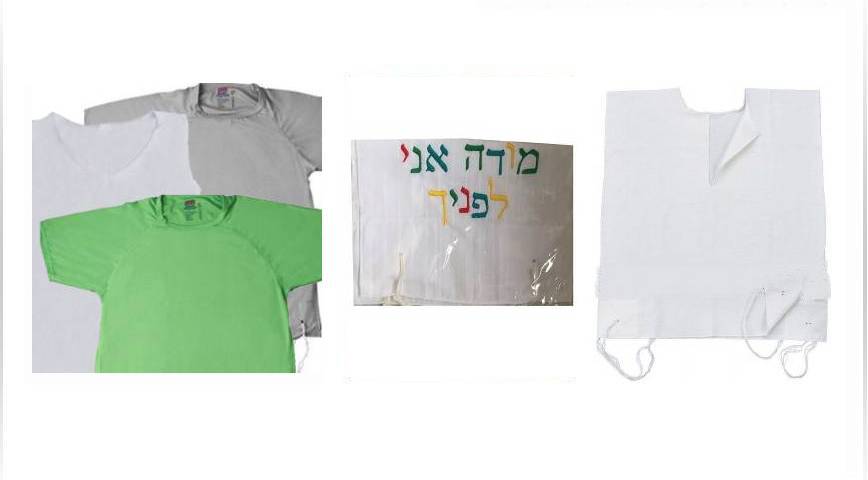
Find here Upsherin Gifts & all upsherin ideas
Shop Upsherin - Jewish Boy's First Haircut - In Stock, Lowest Price Shopping
The Basics of the Upsherin A Boy's First Haircut A child’s third birthday signals a major transition in his or her education. For the first three years of life, a child absorbs the surrounding sights and sounds and the parents’ loving care. The child is a receiver, not yet ready to give. At the age of three, children’s education takes a leap—they are now ready to produce and share their unique gifts. For a Jewish boy, this transition is marked with a ceremony. It is an age-old custom to allow a boy’s hair to grow untouched until he’s three years old. On his third Jewish birthday, friends are invited to a haircutting ceremony—called an upsherin in Yiddish, and a chalakah by Sephardic Jews. The child’s peyot (biblically mandated side-locks) are left intact—the initiation into his first mitzvah. The world now begins to benefit from the Torah study and mitzvot of this young child From this point on, a child is taught to wear a kipah and tzitzit, and is slowly trained to recite blessings and the Shema. The world now begins to benefit from the Torah study and mitzvot of this young child. The Upshernish Venue: An upsherin is traditionally a modest event, usually held at home or in a local synagogue. Light refreshments and hors d’oeuvres are the standard fare. Many celebrate their child’s upsherin at the gravesite of a tzaddik (holy individual). In Israel, many make upsherins in Meron on Lag BaOmer, at the burial site of Rabbi Shimon, author of the Zohar. The Ceremony: The lad is dressed in tzitzit and kipah, and all attending take their turn at cutting a snippet of hair. The honor of cutting the first lock is often reserved for the rabbi or a kohen (priest).





